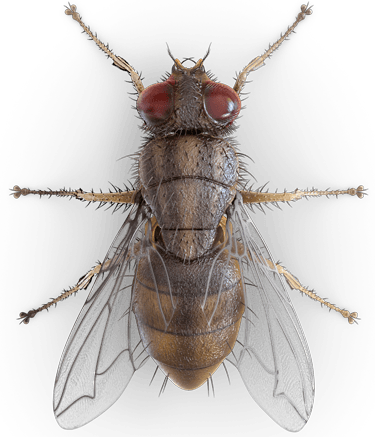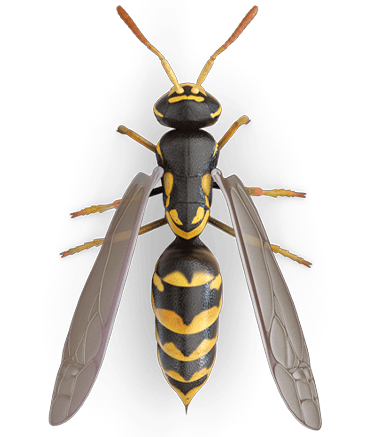
How does integrated pest management work?
IPM is not a single pest control method but, rather, a series of pest management evaluations, decisions and controls. In practicing IPM, PEST MANAGEMENT PROFESSIONALS who are aware of the potential for pest infestation follow a four-tiered approach.
-
Before taking any pest control action, IPM first sets an action threshold, a point at which pest populations or environmental conditions indicate that pest control action must be taken. Sighting a single pest does not always mean control is needed. The level at which pests will become an economic threat is critical to guide future pest control decisions.
-
Not all insects, weeds, and other living organisms require control. Many organisms are innocuous, and some are even beneficial. IPM programs work to monitor for pests and identify them accurately, so that appropriate control decisions can be made in conjunction with action thresholds. This monitoring and identification removes the possibility that pesticides will be used when they are not really needed or that the wrong kind of pesticide will be used.
-
As a first line of pest control, IPM programs work to manage the lawn, building perimeter or indoor space to prevent pests from becoming a threat. These control methods can be very effective and cost-efficient and present little to no risk to people or the environment.
-
Once monitoring, identification, and action thresholds indicate that pest control is required, and preventive methods are no longer effective or available, IPM programs then evaluate the proper cOnce monitoring, identification, and action thresholds indicate that pest control is required, and preventive methods are no longer effective or available, IPM programs then evaluate the proper control method both for effectiveness and risk. Effective, less risky pest controls are chosen first, including highly targeted chemicals, such as pheromones to disrupt pest mating, or mechanical control, such as trapping. If further monitoring, identifications and action thresholds indicate that less risky controls are not working, then additional pest control methods would be employed, such as targeted spraying of pesticides. Broadcast spraying of non-specific pesticides is a last resort.ontrol method both for effectiveness and risk. Effective, less risky pest controls are chosen first, including highly targeted chemicals, such as pheromones to disrupt pest mating, or mechanical control, such as trapping or weeding. If further monitoring, identifications and action thresholds indicate that less risky controls are not working, then additional pest control methods would be employed, such as targeted spraying of pesticides. Broadcast spraying of non-specific pesticides is a last resort.
ready to start?contact us today!
REady to work together?
If you are ready to work with us or have some questions we would love to hear from you. Use the button below to get ahold of use, we look forward to connecting with you!



